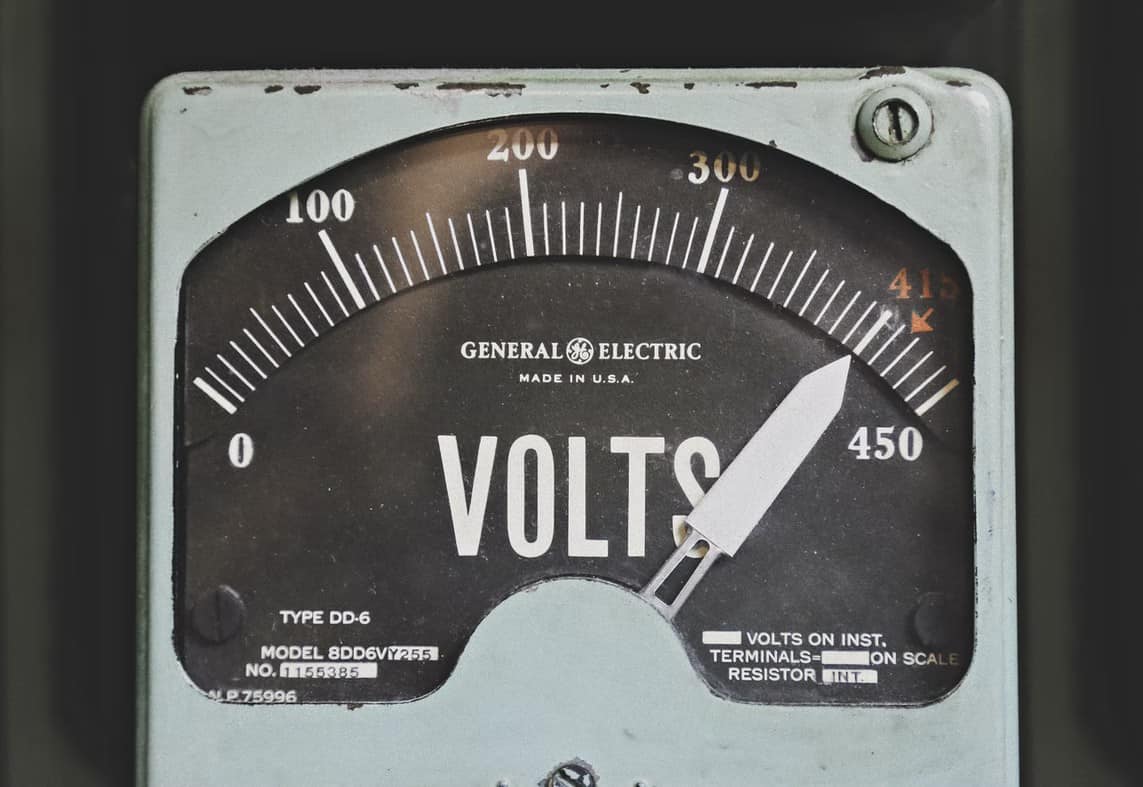Reducing your carbon footprint and saving money on your electricity bill are two of the most common reasons people give for transitioning to solar power. But there’s one more reason usually overlooked: you can sell electricity back to the grid. Imagine being paid to charge your EV!
This is one of the less-discussed benefits of solar installations. You may have had solar panels installed and are happily reaping the benefits of green energy, but unfortunately, you could find that you aren’t using 20% – 40% of your collected energy. Can you do anything with that excess energy?
The obvious choice is to sell that power to people who need it, but how do you do that?
We’ve provided step-by-step instructions on how to unlock a new revenue stream for your business or your household through net metering.
1. Getting Started With Selling Electricity Back to the Grid
There are a few questions you’ll want to ask before you invest in solar energy and start to sell excess electricity generated back to the power company:
- What are your utility company’s interconnection standards?
- What is the authorization process for connecting your new solar power to the grid?
- Are there safety concerns?
- How much will the electric company pay you for producing electricity?
- Will you be required to have a permit or extra homeowners insurance to sell unused power?
|
How Much Can You Earn With Solar Power? Book a free, on-site consultation to asses your property (owned or leased) and find out how much you can earn from net metering.
|
2. Understand How to Sell Electricity Back to the Grid
The first thing to understand is that you’re not actually selling energy back to the grid. Instead, when you connect your solar system to the grid and produce too much power for your home or business to use, the excess energy is uploaded to the grid for community use.
The utility company keeps track of how many kilowatt-hours (kWh) are uploaded to their grid then issues a credit for that same amount of electricity for you to use for free when your system isn’t generating power. At the end of your billing cycle, the number of kWh “sold” is subtracted from the number of hours drawn from the grid.
If you produce more energy than you draw, and depending on the state you live in, you will receive compensation for the energy credits not used during that month.
Currently, 37 states plus Washington D.C. offer net metering, 11 states offer their own compensation plans, and two states (Idaho and Texas) have voluntary policies set by the individual power companies.
3. Study Your Electric Bill

If your main goal is to make extra cash, you need to understand how to capitalize on the energy you produce.
Your electricity bills fluctuate between summer and winter, which is why you’ll want to study several months’ worth of statements (or the entire year) to understand your average yearly power usage. You can also contact a company like Airis for a free consultation.
Having an accurate average power rate will allow you to calculate how many panels you’ll need to turn a profit.
4. Size of Your Solar Energy System
Solar panels come in different dimensions, compositions, and weights, and different climates can generate wildly different energy results. There are several variables you’ll need to take into consideration to not only maximize your ROI but overproduce energy.
- Home location
- Solar Irradiance
- Roof pitch and direction
- Average panel size and structure
On average, panel output is between 250-400 watts, with American consumption around 867 kWh per month. It takes a roughly 6.5 kW solar system to offset your usage. Based on this information, you will be able to calculate an estimate of how big your solar system needs to be to overproduce energy.
| Learn More About Installing a Solar Power System: |
5. Equipment/Permits Needed to Sell Solar Power to the Grid
Aside from the solar panels, some utility companies do require additional equipment or permits before you’re able to sell power back to the grid.
Equipment
- Grid-Tie Inverters
If you plan to set up net metering, you MUST have a grid-tie inverter that will allow you to send power back to the grid. These systems can convert direct current (DC), which your solar power uses, to alternating current (AC), which is what the power grid uses.
- Grid-Tie Systems
A grid-tie system isn’t necessary, but it would allow you to switch from your solar power to the electric grid easily should you need to do so.
- Utility Meter
You’ll need a utility meter to accurately determine how much power is being drawn from and pushed to the power grid. Most utility companies will provide you with the utility meter they prefer to use.
Permits & Fees
While regulations do change from state to state and even from company to company, chances are you’ll need some permits or agreements before you can start to sell solar power to the grid. You may be required to obtain the following:
- Liability insurance
Liability insurance will protect your utility provider in the vent of an accident from the operation of your power system. Since most property owners carry liability, this will likely not affect you, but you’ll want to double-check with your insurance carrier and utility company before moving forward.
- Pay additional fees
Some utility companies will charge extra fees for permits, inspections, and meters if they provide an additional meter for net metering.
Limits to How Much You Can Make Selling Solar Power Back to the Electric Company

Net metering is a great way to lower your carbon footprint and save money on your electric bill, but it will not make you a millionaire. Even without limitations, the average business or homeowner can expect to make around $3,000 per year in an overproduction of energy. However, many states are adopting capacity limits for net metering.
While residents like the idea of earning some extra cash from net metering, utility companies find it a nuisance. Some companies report a loss in revenue due to residents supplying their energy which has led to limits on how much power can be “sold” back to the grid through these user system generated means.
The type of limitations can vary from state to state. For instance, some limits use kilowatt-hour, and some use percentages. Additionally, some states have adopted limits for certain types of utilities and equipment being used.
Federal Regulations and Policies on Selling Energy to the Grid

Several regulations, policies, and tax incentives make solar power more appealing to the average business or homeowner on both the state and federal levels. Since each state controls its policies, you’ll want to contact an experienced solar provider to determine what incentives there are in your area.
However, several tax credits and federal policies, including The Federal Investment Tax Credit (ITC), and The Modified Accelerated Cost Recovery System (MACRS), can make solar power an attractive investment.
The Public Utilities Regulatory Act of 1978 (PURPA), created to conserve electricity and improve energy efficiency, has also played a significant role in helping homeowners generate revenue through solar power. New regulations mandate that utility companies purchase energy when the cost of electricity is less than what the utility would pay to deliver its own power.
Discover How to Make Money Through Solar Power With Airis
Producing your own energy can greatly benefit you, your community, and your wallet. Not only will a new solar installation give you renewable energy, but it can help lower energy costs or even put money back into your pocket.
Contact Airis today to learn how solar panels can slash your energy bills, and allow you to start selling electricity back to the energy company.

